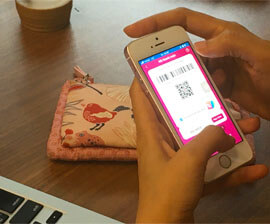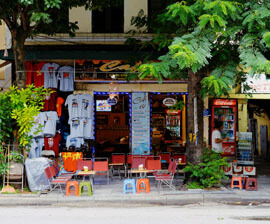In order to gather sufficient information in various real estate related segments, the project team explicitly divided it into 2 main tasks, which were to conduct desk search about current regulations, conditions for housing loans and to carry out the mass survey among consumers to obtain people’s real demand for housing finance.
Initially, several desk researches on different topics were run separately and simultaneously, with the aim to dissecting the original questions through distinguishing angles of different stakeholders, including the government, home buyers, suppliers, financial institutions and the housing market itself. Therefrom, the project team would be able to establish a solid and entire landscape.
The consumer survey was combined of 2 methods, in which the sample for face-to-face street interview was 1,200 and for online survey was 2,000. To unify the design of the survey that was supposed to identify and break down financial needs of house purchasers, both offline and online collection targeted four same groups of respondents, based on their past experience of buying house, future demand and plan to buy a house and intention to mobilize money from bank loans. The content of the questionnaire was determined towards predefined models and in-depth analysis by specifying typical indicators, such as Loan to Value (LTV), monthly repayment ratio (MR)… Thanks to that, findings of desk research and survey were consolidated and assembled in forecast models.
That is to say, all formulas and models applied in calculation and estimation were carefully considered and picked up in prior to fieldwork implementation, so that they were compatible for analysis. In this project, many ideas from internal consultants and other experts were referred to in order to propose the most appropriate working models.









